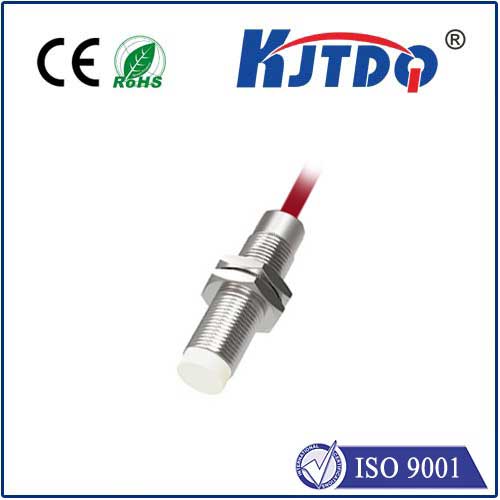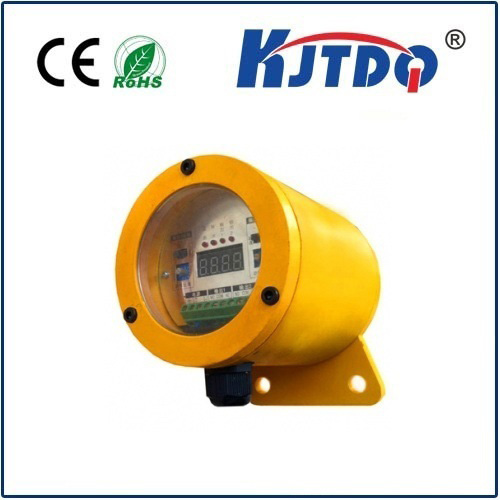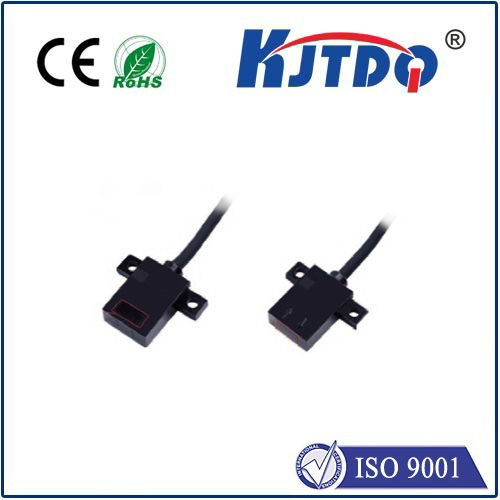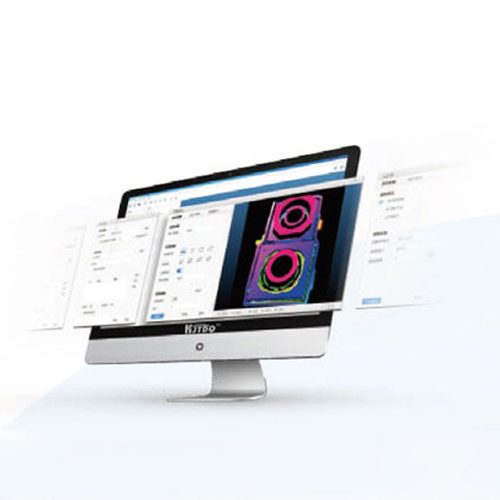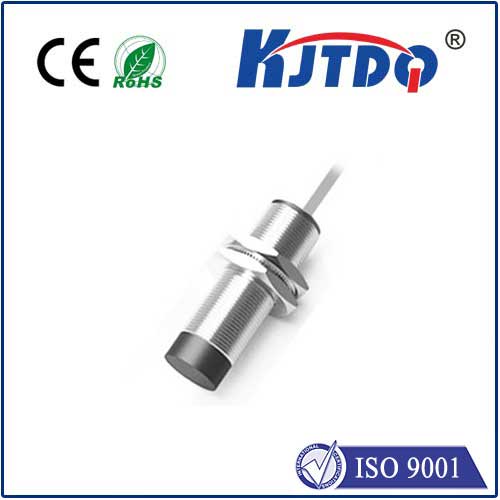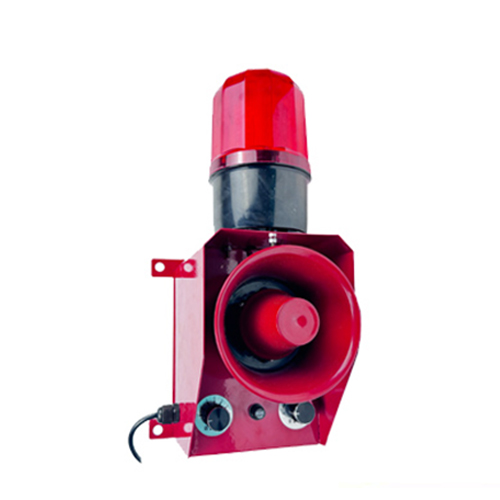
Проверка

Проверка

Проверка

Проверка

Проверка

Проверка
Imagine measuring the height of a towering wind turbine, the span of a vast construction site, or the critical distance to a remote power line—accurately, safely, and in seconds. This is the transformative power of the 200m laser distance sensor, a technological marvel redefining measurement across countless industries. No longer confined to short-range tasks, these powerful tools deliver pinpoint accuracy over football-field distances, empowering professionals with unprecedented efficiency and safety.
The Science Behind the Beam: How 200m Laser Sensors Work
At their core, laser distance sensors operate on a remarkably simple yet sophisticated principle: Time-of-Flight (ToF). Here’s the breakdown:
Reaching distances of 200 meters reliably demands exceptional engineering. Key elements include:
Why 200 Meters? Critical Applications Unleashed
The 200m range capability isn’t arbitrary; it opens doors to measurement tasks previously cumbersome, risky, or impossible with shorter-range tools. Here’s where these sensors truly excel:
Large-Scale Construction & Civil Engineering:
Quickly measuring building heights, site dimensions, earthwork volumes, and foundation placements.
Positioning cranes or scaffolding safely relative to structures and boundaries.
Verifying grade levels and slopes over expansive areas.
Surveying & Land Management:
Rapid distance measurements for preliminary surveys and mapping.

Measuring property boundaries, right-of-ways, and inaccessible features (ravines, rivers).
Forestry applications like tree height measurement and stand density estimation.
Energy & Utilities:
Crucially measuring safe approach distances to high-voltage power lines during maintenance or construction (a fundamental safety application).
Assessing clearance distances for transmission lines over roads or vegetation.
Measuring heights of utility poles, towers, and wind turbine components.
Industrial Automation & Logistics:
Positioning large machinery or automated guided vehicles (AGVs) within vast warehouses or factory floors.
Monitoring stockpile heights in mining or bulk material handling.
Controlling crane positioning and collision avoidance systems over long spans.
Infrastructure Inspection:
Measuring bridge clearances, tunnel dimensions, or dam wall distances from safe vantage points.
Assessing erosion or structural shifts on slopes or embankments.
Emergency Services & Security:
Rapidly measuring distances at accident scenes or during search and rescue operations.
Perimeter security monitoring over large areas.
Key Advantages Over Traditional Methods
Replacing tape measures, wheel surveyors, or risky estimation techniques, the 200m laser distance sensor offers compelling benefits:
Selecting the Ideal 200m Laser Distance Sensor: What Matters
Not all 200m sensors are created equal. Consider these critical factors:
Optimizing Performance: Tips for Best Results
Maximize the accuracy and reliability of your 200m laser sensor:
The Future is Measured Precisely
The 200m laser distance sensor represents a significant leap in measurement technology. Its ability to deliver fast, pinpoint-accurate distance data over vast spans tackles complex challenges in construction, surveying, energy, industry, and beyond. By enhancing safety, efficiency, and data quality, these powerful tools are not just instruments; they are catalysts for smarter workflows and better outcomes in large-scale projects. When distances matter on a grand scale, the precision and reach of a 200m laser sensor become indispensable assets in any professional’s toolkit.

